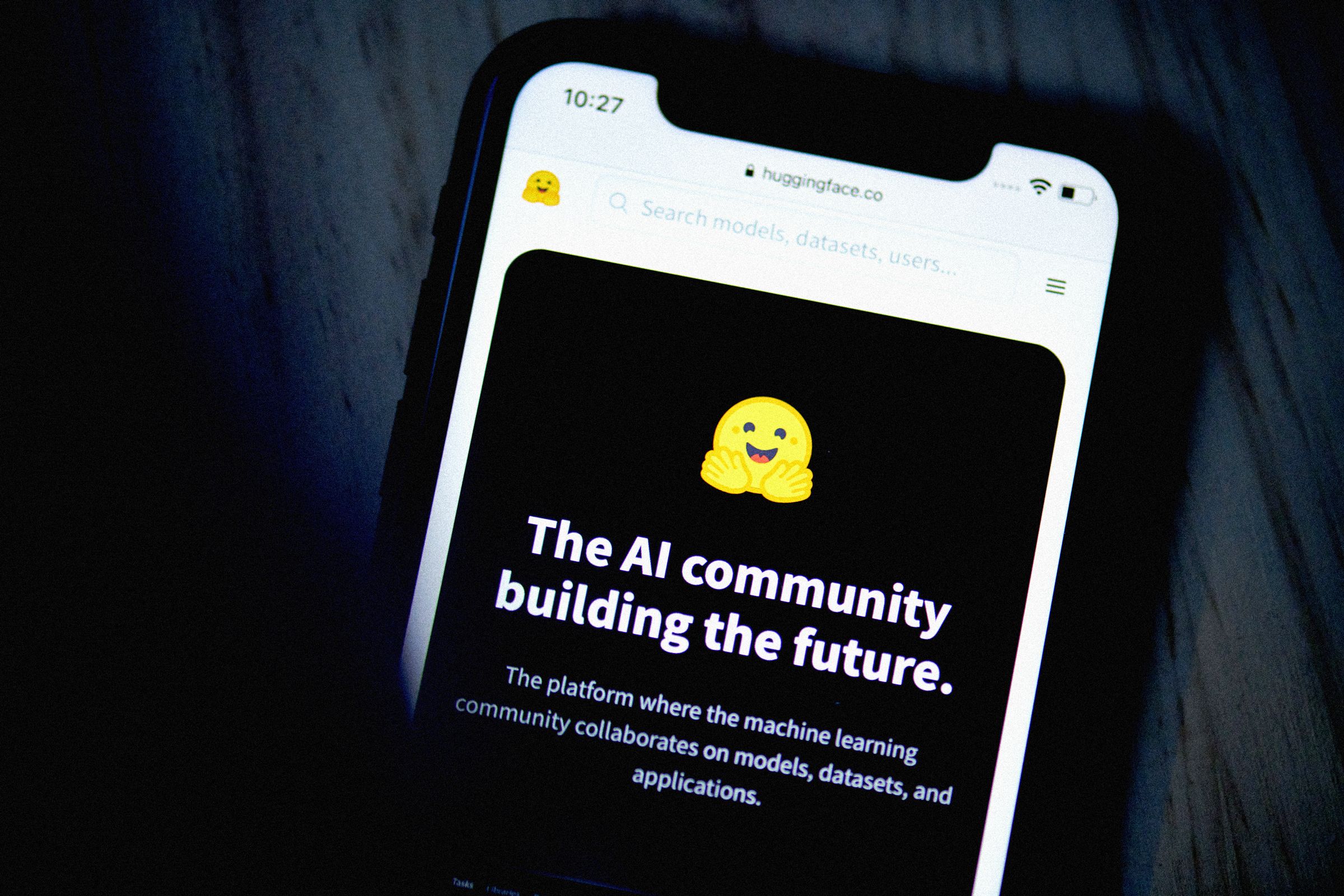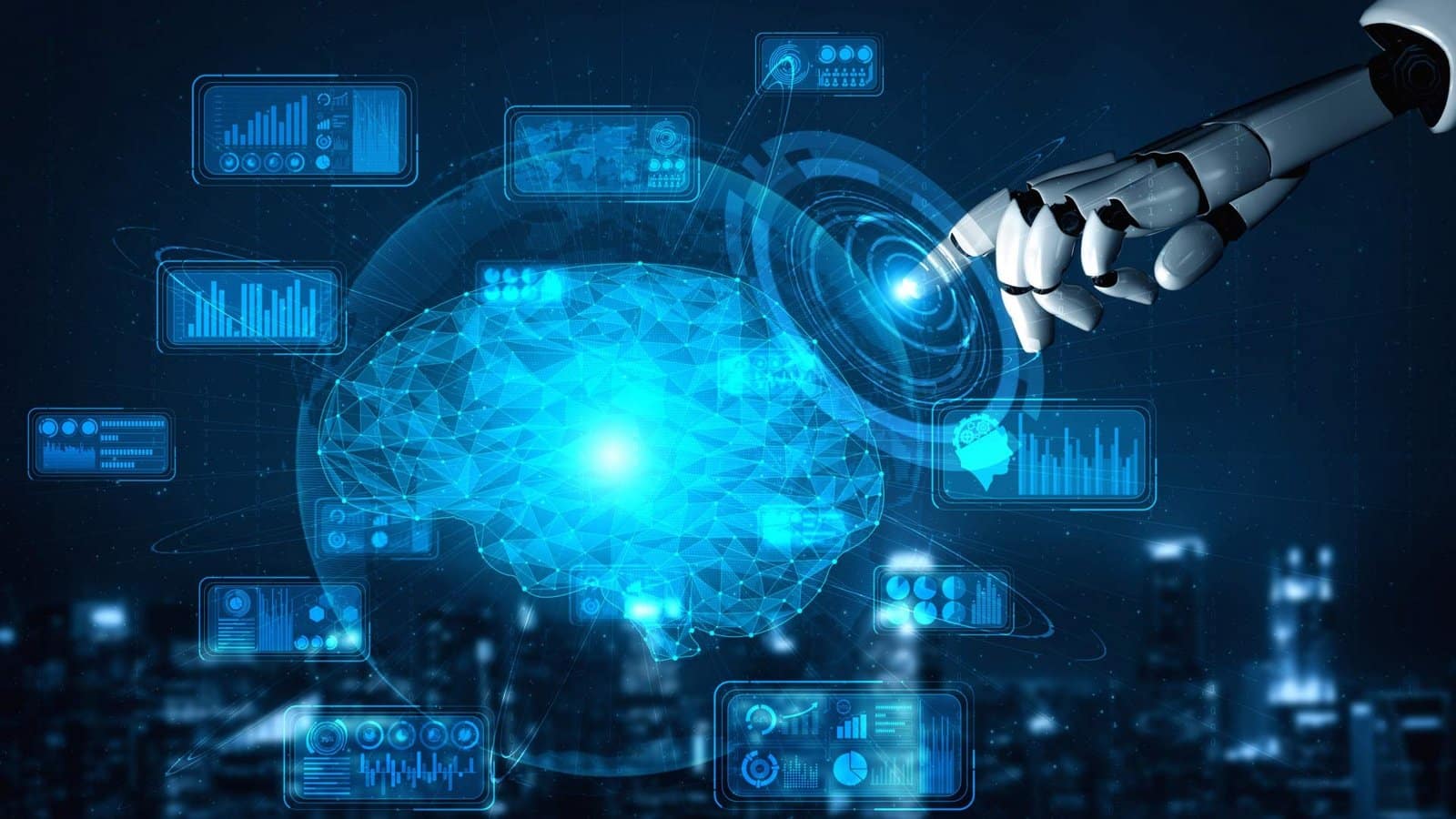Google has made a remarkable breakthrough in marine biology and artificial intelligence with its new AI model, DolphinGemma, designed to decode dolphin vocalizations.
Decoding Dolphin Language with AI
DolphinGemma, developed by Google in collaboration with Georgia Tech and the Wild Dolphin Project (WDP), is an advanced audio-based AI model trained to analyze the clicks, whistles, and burst-pulse sounds produced by dolphins. These sounds—long believed to be rich in structure and meaning—have captivated researchers for decades.
By leveraging deep learning models similar to those found in Google’s Gemma and Gemini architectures, DolphinGemma can not only recognize patterns in dolphin communication but also synthesize new dolphin-like audio. This positions the model as a powerful tool for understanding cetacean social behavior and potentially enabling interspecies communication.
Powered by Decades of Research
The Wild Dolphin Project, active since 1985, has conducted the longest continuous underwater study of dolphins. Their extensive database of labeled dolphin sounds allowed DolphinGemma to learn from real-world data. Key vocal patterns include:
- Signature whistles: Individual identifiers, akin to names, used for social bonding and identification.
- Burst-pulse squawks: Typically linked to aggression or tension between dolphins.
- Click buzzes: Often correlated with mating behavior or hunting scenarios.
This comprehensive dataset laid the groundwork for DolphinGemma to detect grammatical structures and recurring patterns in dolphin speech—potentially the early signs of a language-like system.
DolphinGemma in Action
DolphinGemma utilizes an audio-in, audio-out architecture that processes dolphin sounds through SoundStream tokenization and predicts likely subsequent sounds in a sequence. This predictive capability mirrors how natural language processing models anticipate the next word in a sentence.
With approximately 400 million parameters, DolphinGemma is optimized to run on devices like the Google Pixel—making it a mobile, efficient solution for field researchers.
Enabling Two-Way Communication
Alongside DolphinGemma, researchers are testing the CHAT (Cetacean Hearing Augmentation Telemetry) system. Unlike DolphinGemma, which focuses on interpreting natural dolphin speech, CHAT aims to build a basic, shared vocabulary between humans and dolphins using synthetic whistles.
These artificial sounds are paired with objects dolphins enjoy, such as scarves or seaweed. The goal is for dolphins to mimic these synthetic whistles as a form of request, creating a simple but functional communication protocol.
Leveraging Google Pixel for Oceanic AI
Google Pixel smartphones serve as the computational backbone for both DolphinGemma and CHAT. Field researchers use the phones to:
- Capture and analyze dolphin sounds in real-time
- Detect mimicry attempts amid ambient underwater noise
- Instantly alert researchers via bone-conducting headphones
The upcoming CHAT iteration, launching summer 2025, will be powered by the Pixel 9, which integrates advanced speaker/microphone capabilities and runs both deep learning and template-matching algorithms onboard.
Open Model for Global Research
Google plans to release DolphinGemma as an open model later this year. Although it was trained on Atlantic spotted dolphin data, its architecture is adaptable. This could allow marine biologists worldwide to fine-tune the model for other cetacean species, democratizing access to advanced AI tools for oceanic research.
Bridging the Gap Between Species
DolphinGemma marks a significant leap toward understanding non-human intelligence. By automating the identification of sound patterns, it enables researchers to uncover meanings previously hidden in dolphins’ complex communication system.
This innovation aligns with broader trends in open-source AI development, where breakthroughs in one domain can cascade into others—such as robotics, healthcare, and environmental science.
The future of human-animal communication is no longer a sci-fi dream—it’s becoming a scientific reality powered by AI.






